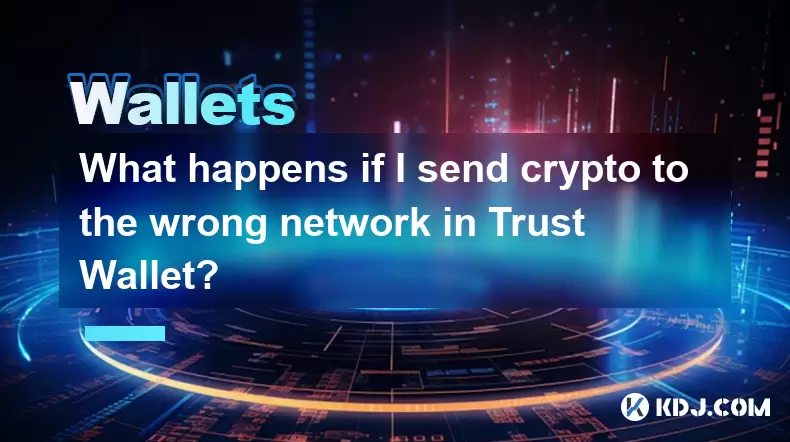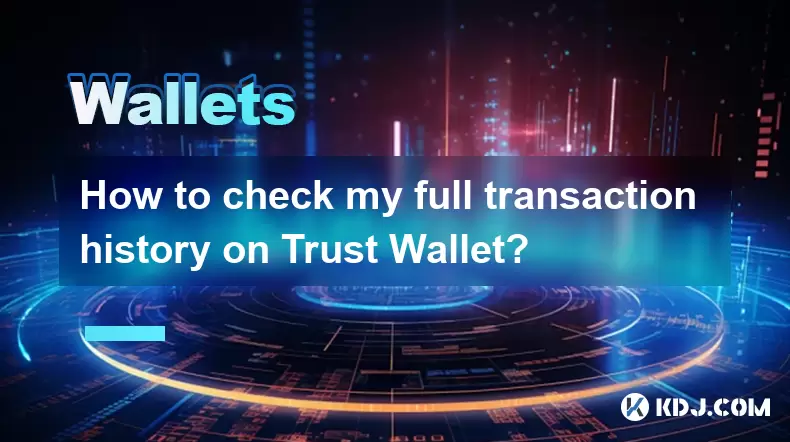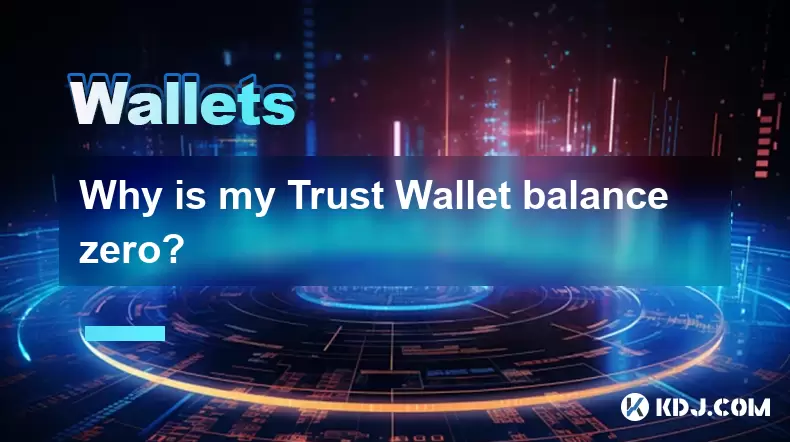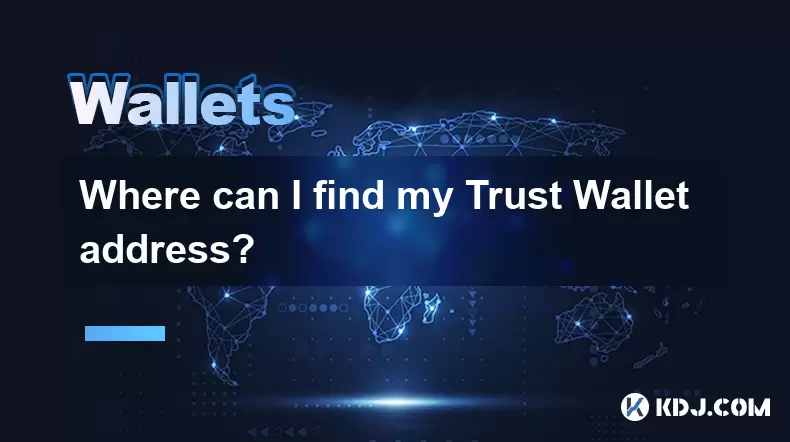-
 Bitcoin
Bitcoin $113900
-1.39% -
 Ethereum
Ethereum $3517
-4.15% -
 XRP
XRP $3.009
1.59% -
 Tether USDt
Tether USDt $0.9997
-0.04% -
 BNB
BNB $766.8
-1.41% -
 Solana
Solana $164.6
-2.38% -
 USDC
USDC $0.9998
-0.02% -
 TRON
TRON $0.3277
0.65% -
 Dogecoin
Dogecoin $0.2023
-1.67% -
 Cardano
Cardano $0.7246
0.05% -
 Hyperliquid
Hyperliquid $38.27
-4.77% -
 Sui
Sui $3.528
-0.52% -
 Stellar
Stellar $0.3890
-0.73% -
 Chainlink
Chainlink $16.16
-2.69% -
 Bitcoin Cash
Bitcoin Cash $539.9
-4.38% -
 Hedera
Hedera $0.2425
-2.00% -
 Avalanche
Avalanche $21.71
-0.97% -
 Toncoin
Toncoin $3.662
5.73% -
 Ethena USDe
Ethena USDe $1.000
-0.02% -
 UNUS SED LEO
UNUS SED LEO $8.964
0.35% -
 Litecoin
Litecoin $107.7
2.33% -
 Shiba Inu
Shiba Inu $0.00001223
-0.40% -
 Polkadot
Polkadot $3.617
-0.97% -
 Uniswap
Uniswap $9.052
-2.49% -
 Monero
Monero $295.1
-3.79% -
 Dai
Dai $0.9999
0.00% -
 Bitget Token
Bitget Token $4.315
-1.85% -
 Pepe
Pepe $0.00001060
0.11% -
 Cronos
Cronos $0.1342
-2.72% -
 Aave
Aave $256.0
-0.87%
What happens if I send crypto to the wrong network in Trust Wallet?
Always confirm the network in Trust Wallet before sending crypto—sending to the wrong chain can result in permanent loss, as blockchains don’t share compatibility.
Aug 02, 2025 at 07:22 pm

Understanding Network Compatibility in Trust Wallet
When using Trust Wallet, it's essential to understand that different cryptocurrencies operate on distinct blockchain networks. For example, USDT can exist on multiple blockchains such as Ethereum (ERC-20), Binance Smart Chain (BEP-20), and Tron (TRC-20). Each network has its own address format and transaction mechanism. Sending a token to an address on an incompatible network typically results in permanent loss of funds because the receiving blockchain cannot recognize or process that token. Trust Wallet displays the correct format for each network, but it does not prevent users from manually pasting an address from a different network.
It is critical to verify that the sending network matches the receiving network. For instance, if you're sending BEP-20 USDT, the recipient must provide a BEP-20 compatible address, usually starting with "0x" for Ethereum-based tokens or "0x" with BSC as the active network in Trust Wallet. If you send BEP-20 USDT to an ERC-20 address, even if both are on "0x" format, the transaction will fail to be recognized by the Ethereum network because BSC and Ethereum are separate ecosystems.
What Happens When You Send Crypto to the Wrong Network?
If you mistakenly send cryptocurrency to a valid address but on the wrong network, several outcomes may occur:
- The transaction may be rejected by the network, and funds are returned to your wallet after a delay.
- The transaction may go through, but the funds become inaccessible on the destination network because the receiving blockchain does not support that token standard.
- In rare cases, if the receiving wallet supports multi-chain recovery, the funds might still be retrievable.
For example, sending Ethereum-based DAI (ERC-20) to a Solana wallet address will result in complete loss because Solana cannot interpret Ethereum smart contracts. Similarly, sending BEP-20 BNB to a Bitcoin address leads to irreversible loss since Bitcoin’s network cannot process BNB tokens.
The key issue is interoperability — most blockchains do not communicate with each other. Trust Wallet does not act as a bridge or converter between networks. It only facilitates transactions on the selected blockchain. Therefore, user responsibility in selecting the correct network is paramount.
How to Check the Correct Network Before Sending
Before confirming any transaction in Trust Wallet, always verify the network. Here’s how:
- Open the wallet tab and select the token you want to send.
- Tap "Send" and enter the recipient’s address.
- Below the address field, Trust Wallet displays the active network (e.g., Ethereum, BSC, Polygon).
- Ensure this matches the network the recipient expects.
- If needed, tap the network name to switch between available chains.
- Double-check the address format: BSC and Ethereum addresses start with "0x", while Solana uses a mix of letters and numbers, often longer.
Never assume an address is valid across chains. Even if the address looks similar, the underlying network must match. Some third-party services generate cross-chain addresses, but Trust Wallet does not automatically detect or correct mismatches.
Steps to Attempt Recovery of Mis-sent Funds
If you’ve sent crypto to the wrong network, immediate action may help in rare cases:
- Stop any further transactions to avoid compounding the error.
- Open the transaction details in Trust Wallet and copy the transaction hash (TXID).
- Use a blockchain explorer like BscScan, Etherscan, or Tronscan to check where the transaction ended up.
- Search the TXID on the correct network’s explorer — if it doesn’t appear, it likely went to a different chain.
- Contact the recipient if the address belongs to a known exchange or service. Some platforms may recover funds if the token was sent to their deposit address on a wrong chain.
- Reach out to Trust Wallet support via their official channels. While they cannot reverse transactions, they may guide you to recovery options.
- If the wrong network is within the same ecosystem (e.g., sending ERC-20 USDT to a BSC address), recovery is nearly impossible unless the private key of the receiving address is accessible.
Note: No blockchain transaction is reversible. Trust Wallet, like all non-custodial wallets, gives users full control but no safety net for user errors.
Preventing Wrong Network Transactions in the Future
To minimize the risk of sending crypto to the wrong network:
- Always confirm the network before sending, even if you’ve used the address before.
- Use network-specific bookmarks or saved addresses within Trust Wallet.
- Enable network confirmation prompts if available in settings.
- Avoid copying addresses from untrusted sources; use QR codes when possible.
- Test with a small amount first when sending to a new address.
- Keep a checklist: Token type, Network, Address format, TX fee.
Trust Wallet allows you to switch networks manually, so ensure the correct one is active. Misunderstanding network labels (e.g., confusing Polygon with BSC) is a common mistake. Familiarize yourself with the official names and symbols of each blockchain.
Frequently Asked Questions
Can Trust Wallet reverse a transaction sent to the wrong network?
No, Trust Wallet cannot reverse transactions. It is a non-custodial wallet, meaning only the user controls the funds. Once a transaction is confirmed on the blockchain, it is immutable. Trust Wallet support cannot intervene or recover funds.
Will the funds appear if I switch networks in Trust Wallet?
No. Switching networks in Trust Wallet only changes the view of your assets on that chain. If you sent BEP-20 tokens to an ERC-20 address, switching to Ethereum will not make them appear. The tokens are on a different blockchain and cannot be accessed from within Trust Wallet unless imported with the correct private key or recovery phrase.
Is there any way to recover crypto sent to a wrong network if it’s a major exchange address?
Possibly. If the wrong network transaction was sent to a deposit address owned by a centralized exchange (like Binance or Coinbase), contact their customer support immediately. Provide the TXID and explain the error. Some exchanges monitor multiple chains and may recover funds, but this is not guaranteed and depends on their internal policies.
Can I use a blockchain bridge to recover mis-sent tokens?
No. Blockchain bridges are designed to move assets between chains intentionally, not recover lost funds. If you sent tokens to a wrong network, a bridge cannot retrieve them unless the receiving address is controlled by you and supports the original token standard. Bridges require valid ownership and correct input/output chains.
Disclaimer:info@kdj.com
The information provided is not trading advice. kdj.com does not assume any responsibility for any investments made based on the information provided in this article. Cryptocurrencies are highly volatile and it is highly recommended that you invest with caution after thorough research!
If you believe that the content used on this website infringes your copyright, please contact us immediately (info@kdj.com) and we will delete it promptly.
- Bitcoin Strategy: Saylor's Not Hoarding, He's Building an Empire
- 2025-08-02 22:30:12
- Bitcoin Bloodbath: Macro Pressures and Liquidations Unleash Crypto Chaos
- 2025-08-02 22:30:12
- Worldcoin, Identity, WLD Price: Decoding the NYC Crypto Buzz
- 2025-08-02 21:10:12
- Shiba Inu: Utility and Community Strength Drive Crypto's Evolution
- 2025-08-02 21:50:12
- Crypto Donations, Trump PAC, and Bitcoin: A New York Minute on Political Coin
- 2025-08-02 20:30:12
- Crypto Market Under Pressure: Bearish Momentum and Rising Volatility Take Hold
- 2025-08-02 20:30:12
Related knowledge

What is a watch-only wallet in Trust Wallet?
Aug 02,2025 at 03:36am
Understanding the Concept of a Watch-Only WalletA watch-only wallet in Trust Wallet allows users to monitor a cryptocurrency address without having ac...

How to switch between networks in Trust Wallet?
Aug 02,2025 at 12:36pm
Understanding Network Switching in Trust WalletSwitching between networks in Trust Wallet allows users to manage assets across different blockchains s...

How to check my full transaction history on Trust Wallet?
Aug 02,2025 at 09:24am
Understanding Transaction History in Trust WalletTrust Wallet is a widely used non-custodial cryptocurrency wallet that supports a broad range of bloc...

Why is my Trust Wallet balance zero?
Aug 02,2025 at 03:49am
Understanding Trust Wallet Balance Display IssuesIf you're seeing a zero balance in your Trust Wallet despite knowing you've previously received or se...

What happens if I send crypto to the wrong network in Trust Wallet?
Aug 02,2025 at 07:22pm
Understanding Network Compatibility in Trust WalletWhen using Trust Wallet, it's essential to understand that different cryptocurrencies operate on di...

Where can I find my Trust Wallet address?
Aug 02,2025 at 06:07pm
Understanding Your Trust Wallet AddressYour Trust Wallet address is a unique identifier that allows others to send you cryptocurrency. It is a string ...

What is a watch-only wallet in Trust Wallet?
Aug 02,2025 at 03:36am
Understanding the Concept of a Watch-Only WalletA watch-only wallet in Trust Wallet allows users to monitor a cryptocurrency address without having ac...

How to switch between networks in Trust Wallet?
Aug 02,2025 at 12:36pm
Understanding Network Switching in Trust WalletSwitching between networks in Trust Wallet allows users to manage assets across different blockchains s...

How to check my full transaction history on Trust Wallet?
Aug 02,2025 at 09:24am
Understanding Transaction History in Trust WalletTrust Wallet is a widely used non-custodial cryptocurrency wallet that supports a broad range of bloc...

Why is my Trust Wallet balance zero?
Aug 02,2025 at 03:49am
Understanding Trust Wallet Balance Display IssuesIf you're seeing a zero balance in your Trust Wallet despite knowing you've previously received or se...

What happens if I send crypto to the wrong network in Trust Wallet?
Aug 02,2025 at 07:22pm
Understanding Network Compatibility in Trust WalletWhen using Trust Wallet, it's essential to understand that different cryptocurrencies operate on di...

Where can I find my Trust Wallet address?
Aug 02,2025 at 06:07pm
Understanding Your Trust Wallet AddressYour Trust Wallet address is a unique identifier that allows others to send you cryptocurrency. It is a string ...
See all articles

























































































